Have you ever heard of Osechi Ryori? This traditional Japanese New Year’s cuisine is more than just food—it’s a celebration packed with history, symbolism, and flavor. From sweet omelet rolls to colorful fish cakes, every dish has a special meaning, wishing for health, happiness, and prosperity in the year ahead.
In this article, we’ll explore what Osechi is, when people started eating it, the cultural meanings behind the dishes, and the must-try classics you’ll find in every Japanese home during New Year.
What is Osechi Ryori? Its History, Meaning, and Classic Dishes

Today, I’m going to introduce Osechi Ryori, the traditional New Year’s feast in Japan!
What is Osechi Ryori?
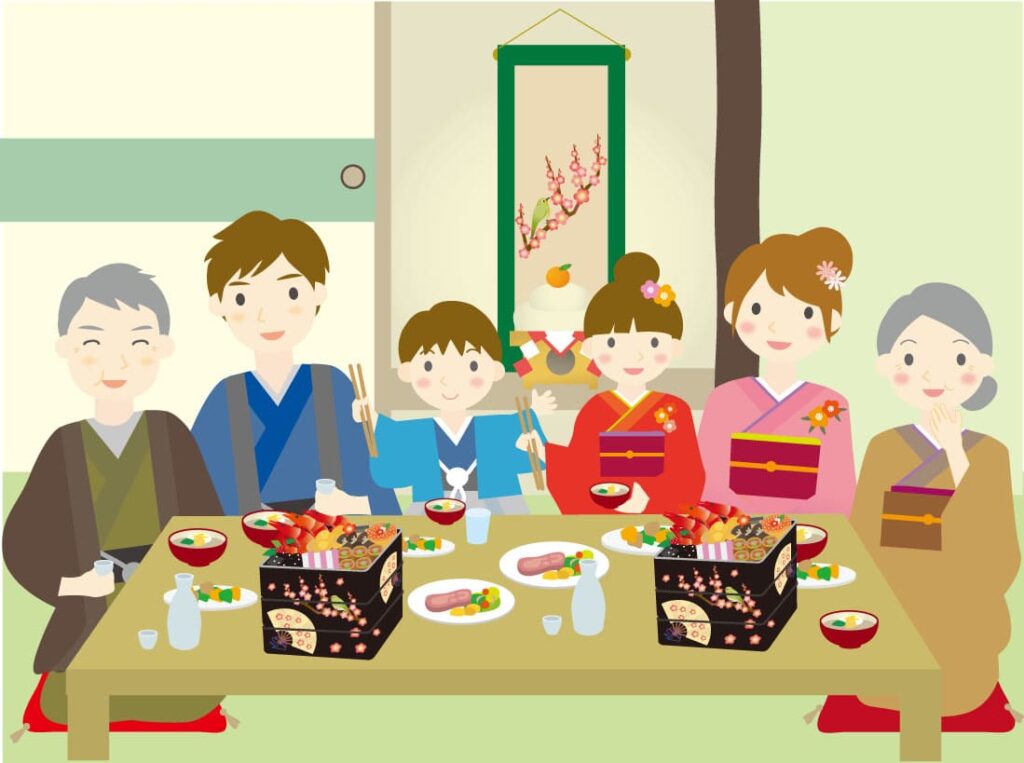
Osechi Ryori is a traditional Japanese cuisine enjoyed during the New Year holidays. It consists of a variety of colorful dishes beautifully packed into a layered box called jubako, which looks like a multi-tiered lunch box. For Japanese people, New Year simply wouldn’t feel complete without Osechi Ryori!

In the past, Osechi Ryori was usually prepared at home, but nowadays, many people order it from department stores, hotels, or restaurants.

If you make it by hand, preparations generally begin around the 29th of December. I’ve tried making it myself before, but it took so much time and was really, really tough… haha.
The History of Osechi
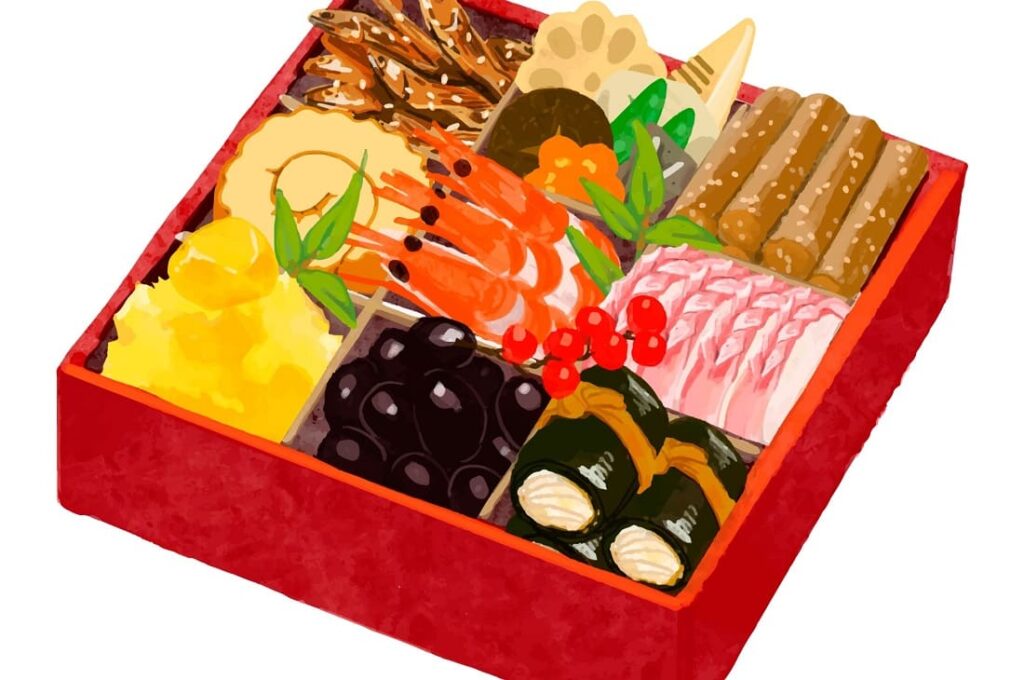
It is said that Osechi Ryori originated all the way back in the Yayoi period. In those times, Japan adopted a Chinese custom of offering special dishes to the gods on days called “setsu” (seasonal turning points) to celebrate harvests and changes of the season. Later, during the Nara and Heian periods, an imperial court event called “Osechiku” began, where offerings were made on the “Five Seasonal Festivals” (go-sekku).

I didn’t know.
Over time, New Year’s, a festival for giving thanks to the New Year deity (Toshigami-sama), became the grandest celebration, and “Osechi” came to mean the special dishes eaten during New Year’s.
By the Edo period (17th–19th centuries), the custom of packing Osechi into tiered boxes spread widely among ordinary people.
The Meaning of Osechi

Each dish in Osechi carries a symbolic meaning, wishing for happiness, health, and prosperity in the coming year. For example:
- Kuromame (black beans): Good health and diligence
- Kazunoko (herring roe): Prosperity of descendants
- Tazukuri (candied sardines): A rich harvest
- Datemaki (sweet omelet roll): Growth in knowledge
In other words, Osechi is like a collection of edible good luck charms.
It’s not only delicious but also uplifting to eat at the start of the year.

My favorite dish is Datemaki (sweet rolled omelet)! I could eat endless amounts of it.
Classic Osechi Dishes
While the exact lineup varies by region and household, some of the most popular Osechi dishes include:
| Dish | Meaning |
|---|---|
 Kuromame (black beans) | Health and long life |
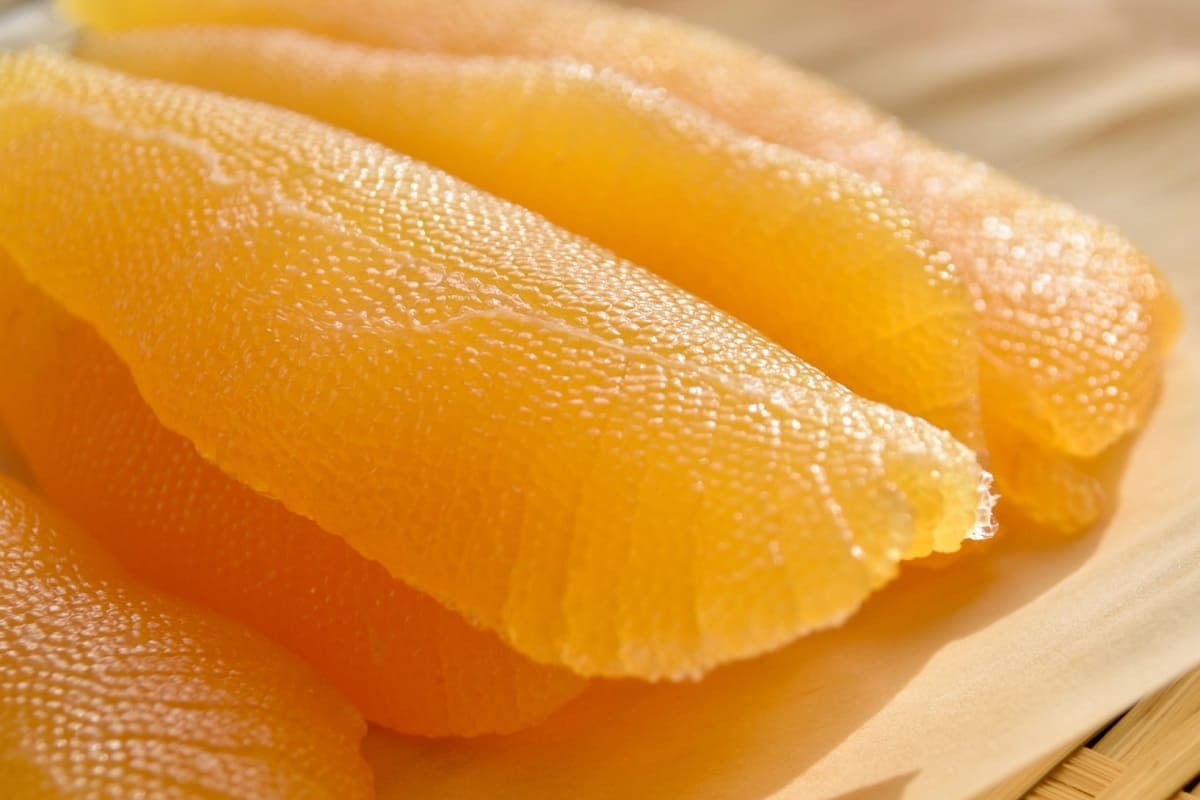 Kazunoko (herring roe) | Prosperity of descendants |
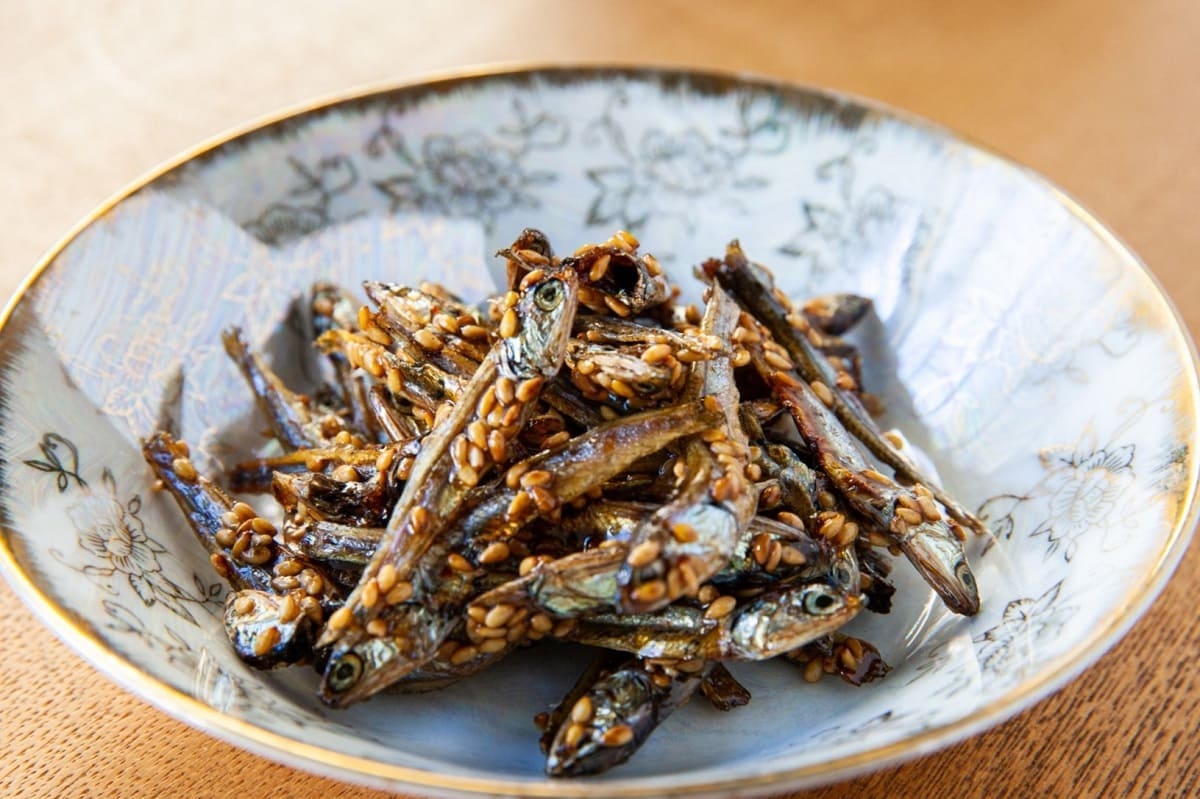 Tazukuri (candied sardines) | Rich harvest |
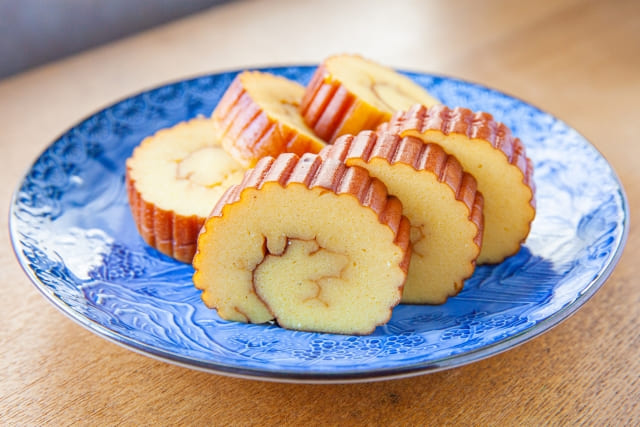 Datemaki (sweet omelet roll) | Knowledge and learning |
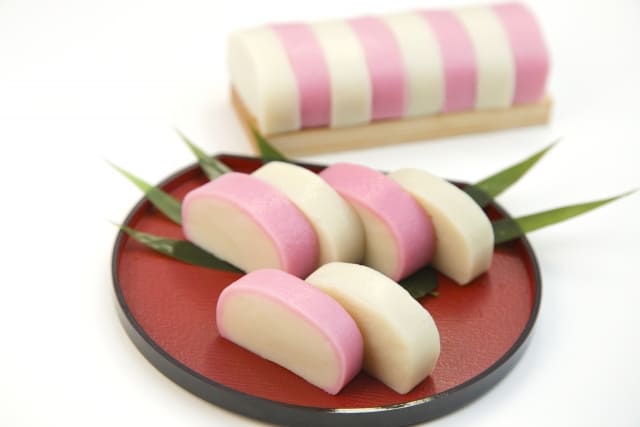 Red and white Kamaboko (fish cakes) | Celebration and good fortune (red & white are auspicious colors) |
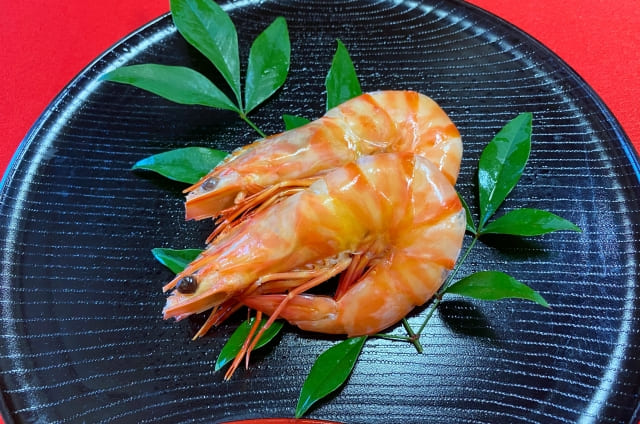 Ebi (shrimp) | Longevity (symbolizing a bent back in old age) |
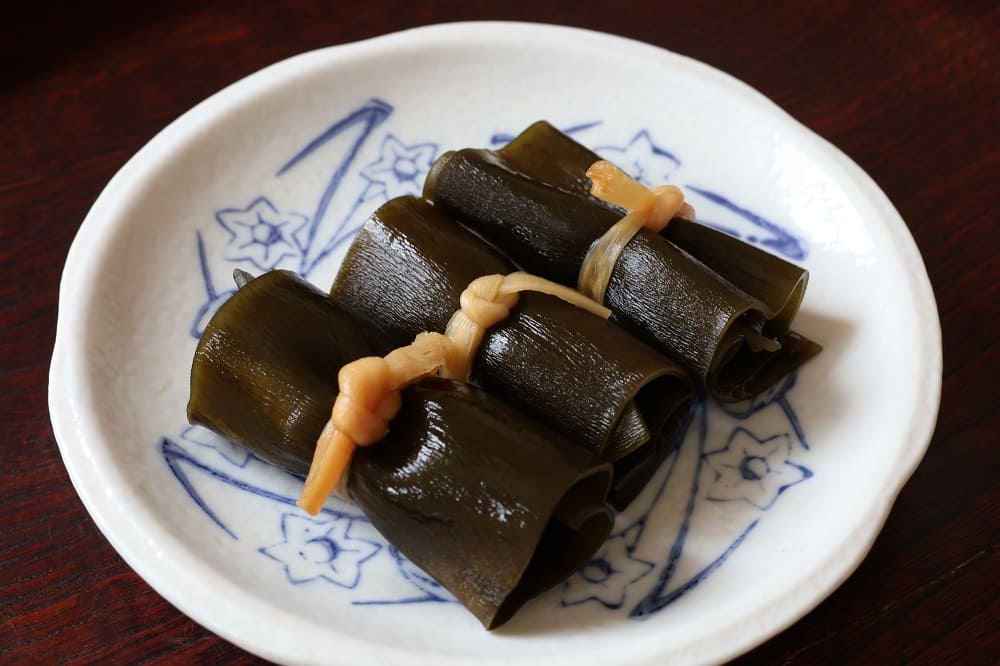 Kobumaki (kelp roll) | Good fortune (“kobu” sounds like “yorokobu,” meaning joy) |
The beautifully arranged Osechi dishes in jubako boxes are not only tasty but also visually stunning. You could even call them edible art—or Japan’s very own “lucky charms” in food form.
Celebrate next New Year with Osechi Ryori!
You can buy Osechi Ryori at department stores, hotels, and restaurants. Many shops also sell it online, so why not check the menu and make a reservation?

Online reservations are often available as early as September.

There are even single-serving Osechi sets, perfect for people who live alone!
Final Thoughts about Osechi Ryori
Osechi Ryori is an essential part of Japanese New Year traditions. With a history dating back over a thousand years, it is much more than just food—it is a way to celebrate life, family, and hopes for a bright future. Each dish has a meaning, making Osechi a fun and symbolic way to welcome the year. If you ever spend New Year in Japan, don’t miss the chance to enjoy authentic Osechi Ryori!

If you are interested in Japanese culture, and you love gaming, you may love these games! Let’s play!

Yes! Let’s play!

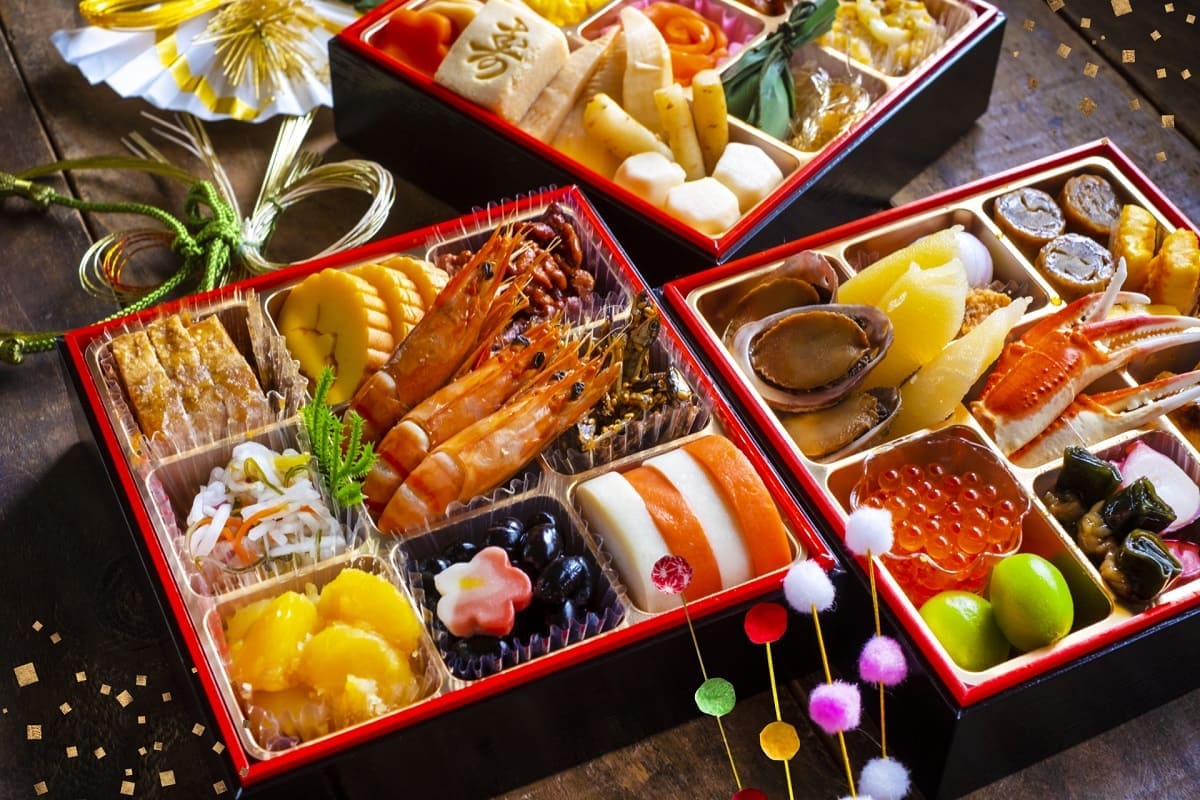


Comments